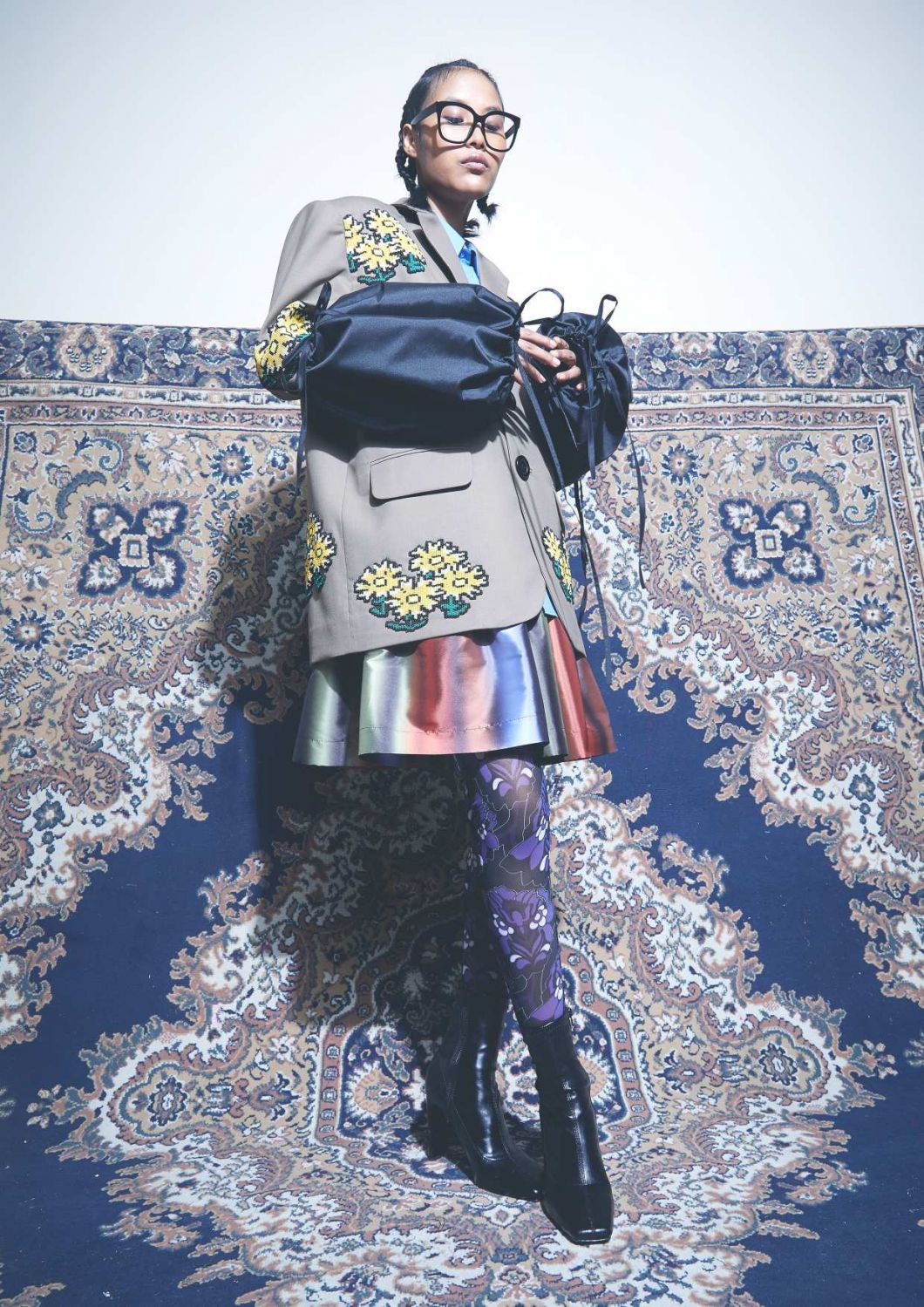Dhruv Kapoor is an emerging star in the fashion world, making a splash with designs that both celebrate his Indian roots and put sustainability at the forefront. Fresh from a successful show at Milan Fashion Week, the designer shares his wisdom with Tatler
For Dhruv Kapoor, incorporating his heritage in his designs is second nature—“effortless”, as he describes it.
The Indian designer, who is the founder of his eponymous label, is a rising star in the fashion industry. One of the few designers of Asian descent showing at the Milan Fashion Week this year, Kapoor is known for taking inspiration from his Indian roots.
Offering womenswear and menswear, his use of odd pairings and unusual tones, as well as a mix of maximal and minimal, have earned him plenty of praise from fashion critics.
What’s more, the designer is a champion of sustainability. The brand works with surplus waste from textile factories in India. It has also partnered with India-based philanthropic organisation Hothur Foundation, which aids victims of acid attacks.
Kapoor’s show in Milan—a whimsical collection dubbed Soul-Tech II—consists of 70s-inspired patterns, over-the-top embroideries and prints, and with a variety of textiles, including upcycled materials.
Read also: The Rise Of Indian Fashion And The Designers To Keep Your Eye On Right Now


How does the new collection champion Indian artistry?
Each season, we work with skilled Indian artisans coming from remote parts of the country. My team and I work with them to enhance their hand embroidery skills, in terms of colours, materials and new techniques. From fabrics made by hand and hand-printed fabrics, each craft is explored seasonally in an updated format.
How do you feel this year’s show went at Milan Fashion Week?
It’s an honour for us to have this opportunity. We use the platform to showcase Indian craftsmanship and its contemporary application, in sync with our messages and brand ethos.
Read also: The Palmer Harding Designers Expressed the Complexities of Mental Health in their Latest Collection




